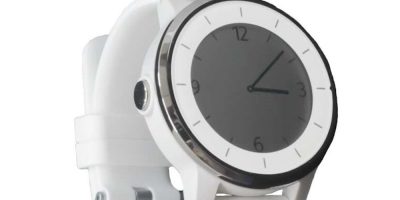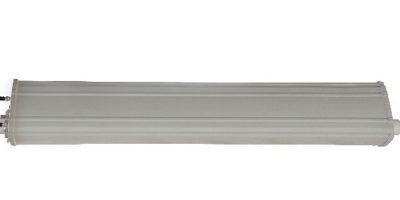The NAC1080 is a programmable 32-bit Arm Cortex-M0 microcontroller (MCU) with embedded near field communication (NFC). The single chip from Infineon has an integrated H-bridge and is intended to support engineers in the development of smart actuators, such as passive locks.
Using the NFC interface, the NAC1080 MCU enables devices to be controlled directly by smartphones. Advanced local and cloud functions can be extended within the mobile app offered by regional marketing partners. This reduces the bill of material and supports miniaturised product design, advised Infineon. NAC1080 supports various operation modes and can be powered either in passive mode by the NFC field with the energy harvested from the mobile phone, or through a battery supply in active mode.
NAC1080 also provides an integrated AES128 accelerator and a true random number generator to enable data encryption/de-encryption in a low power environment.
The NAC1080 can also be used as an emergency back up power supply. Typical active lock systems depend on battery power but using the NAC1080, if the battery is discharged, the NFC interface IC for electronic devices can power the door lock. It should be noted that because electric power is transmitted via NFC, this use case may take longer than it does in passive mode, Infineon pointed out.
The company is already working with IH Tech and FIoT-Open Lab to offer complete smart NFC locks based on the NAC1080 combining IC products, application development, IoT device testing, certification and standardisation. This collaboration enables the three companies to support local customers to accelerate the system development cycle and foster the ecosystem development together.
IH Technology is a subsidiary of Contel Technology based in Hong Kong. It provides ICs and services to support customers on mass production level designs. This includes NFC antenna, circuit hardware, application software and APPs in handheld devices for both embedded module or stand-alone system.
FIoT-Open Lab is based in Fuzhou China, enabling new “Smart+” technologies, especially for IoT, big data and artificial intelligence. It offers full suite expertise in technology development, total solution from chip design/packaging to end-application, IoT devices testing certification and setting industry standards.







